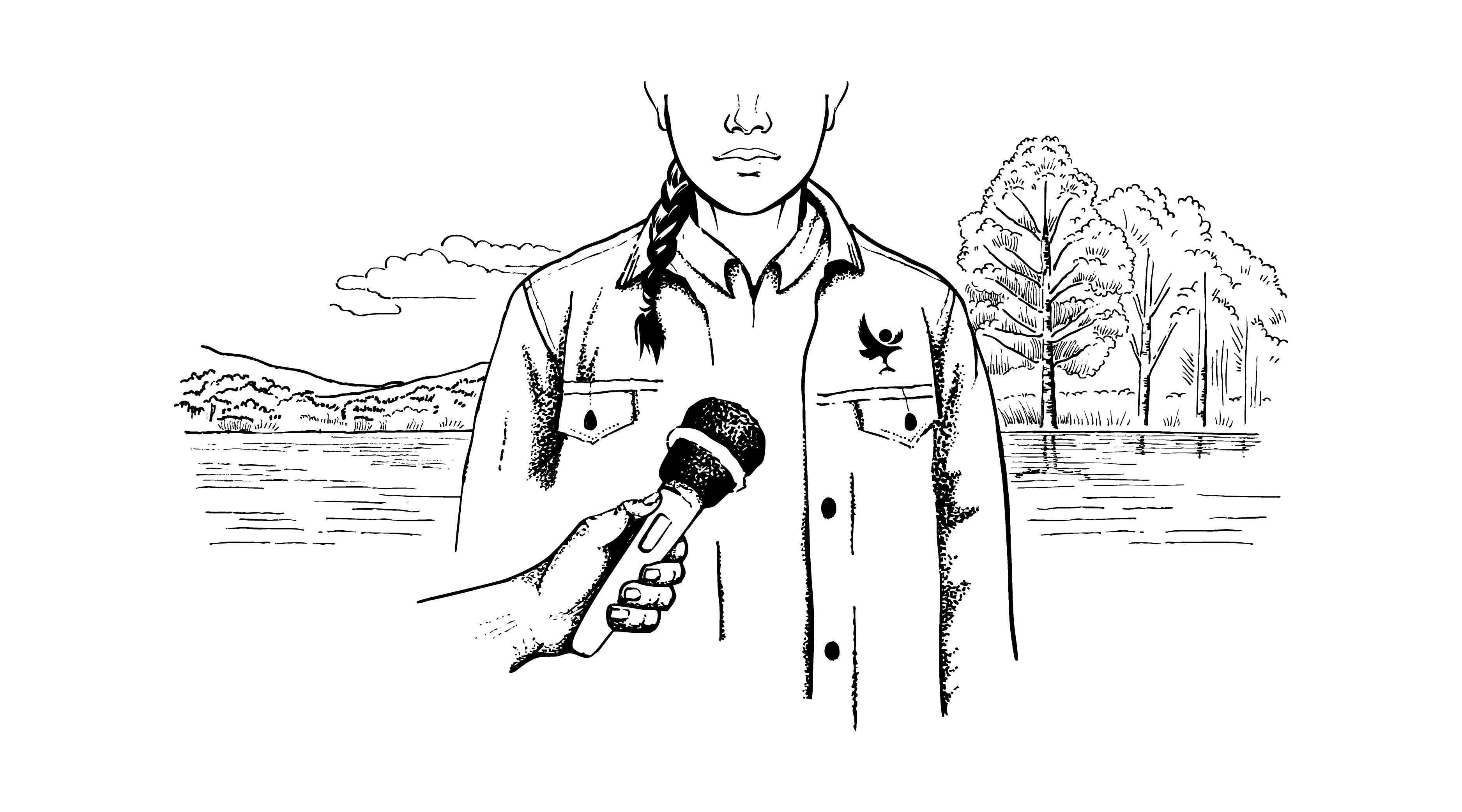Raptor tracking project spreads its wings

Raptor tracking project spreads its wings
Species of raptors, which have never been satellite tagged before in the UK, can now be followed day and night on the world wide web.
The project in the Cairngorms National Park has seen satellite tags put on two peregrine falcons named Freya and Vega, a hobby called Aeshna and a merlin named Corrie. Two hen harriers and more young golden eagles have also been tagged in 2010, to follow up the earlier satellite tagging of golden eagles and ospreys in the National Park.
The partnership project involves Roy Dennis of the Highland Foundation for Wildlife, the Cairngorms National Park Authority (CNPA), Scottish Natural Heritage, Natural Research and the Royal Society for the Protection of Birds as well as local land mangers across the National Park. Additional funding has come from the Cairngorms Local Biodiversity Action Plan and the Partnership Against Wildlife Crime.
Raptor Track aims to raise awareness of the movements of raptors within the National Park, as well as their travels into other parts of Scotland and further afield. It also gathers information on the lives and movements of these individual birds, which will help with future protection and conservation efforts, including deterring wildlife crime.
Roy Dennis explained: “Tracking by state-of-art satellite transmitters adds enormously to our knowledge of raptors gained from field study and ringing. We can follow them as individuals and understand much more about their daily lives and the problems they face. Using the web is an exciting way for people to learn about and enjoy the raptors of the Cairngorms National Park.
“There’s the excitement of ‘what next’ – Vega the peregrine made a day trip to the Cromarty Firth last week, while my computer tells me today that Tanar, the hen harrier, roosted last night in the Angus glens while Aeshna, the hobby, had flown from Senegal to Guinea in West Africa – one day she will hopefully return to Strathspey.”
Convener of the CNPA, David Green added: “There are 18 species of raptors within our moorlands and forests of the National Park, some which are resident here year-round and others using it as a breeding ground or to winter, so it makes the Park a very important place in global terms for these birds. It is important we have as much information as possible in order to ensure that as a planning authority, we are making the right decisions but also as the Park Authority – working with our partners – that we are doing our utmost to protect these key species so that future generations can enjoy them.”
Latest from the National Park
Update on wildfire situation
Convener Sandy Bremner and Chief Executive Grant Moir have given an update on the ongoing wildfire situation.
Statement on wildfires
An update from Grant Moir, Chief Executive of the Cairngorms National Park Authority, on the ongoing wildfires in Moray and Highland.
New Nethy houses get green light
Meeting in Ballater, the Planning Committee approved applications for a development of 35 houses in Nethy Bridge and a floodplain restoration scheme on the River Dee.




